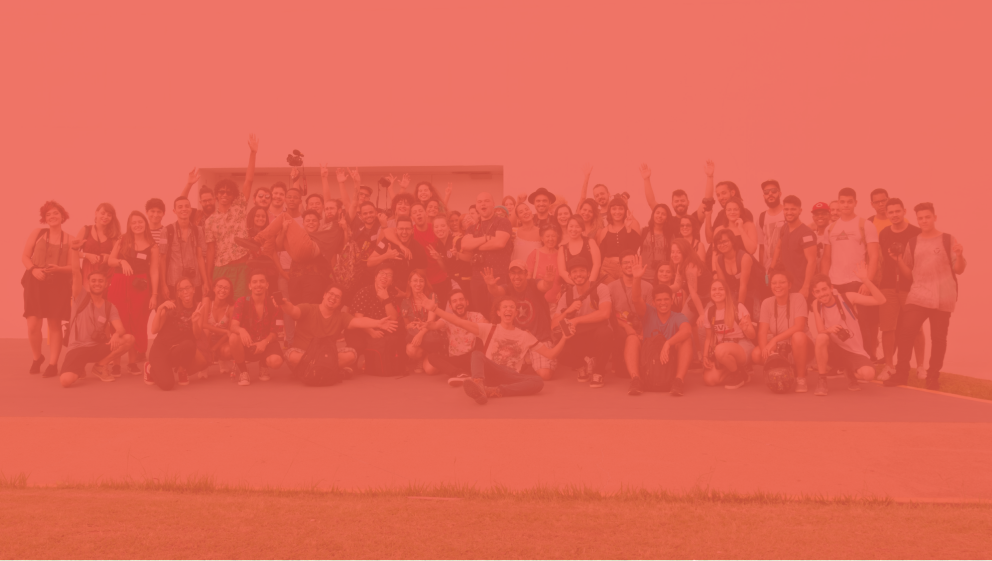"Hello World!"
Web Design for Everybody: Basics of Web Development and Coding
This Specialization covers how to write syntactically correct HTML5 and CSS3, and how to create interactive web experiences with JavaScript. Mastering this range of technologies will allow you to develop high quality web sites that, work seamlessly on mobile, tablet, and large screen browsers accessible. During the capstone you will develop a professional-quality web portfolio demonstrating your growth as a web developer and your knowledge of accessible web design. This will include your ability to design and implement a responsive site that utilizes tools to create a site that is accessible to a wide audience, including those with visual, audial, physical, and cognitive impairments.
Courses in this Specialization
-
Introduction to HTML5
This course is designed to help the novice who wants to gain confidence and knowledge. We will explore the theory (what actually happens when you click on a link on a webpage?), the practical (what do I need to know to make my own page?), and the overlooked (I have a page, what do I do now?). Throughout the course there will be a strong emphasis on adhering to syntactic standards for validation and semantic standards to promote wide accessibility for users with disabilities.
-
Introduction to CSS3
The styling of a webpage can take enhance your page. When done incorrectly the result can be worse than no styling at all. To ensure that your sites do not put up barriers for people with cognitive and/or physical disabilities, you will learn how to evaluate pages using the standardized POUR accessibility guidelines. Upon completion of the course, learners will be able to sketch a design for a given HTML page. Using that design they will use CSS to implement the design by adding fonts, colors, and layouts.
-
Interactivity with JavasScript
This course will introduce you to the basics of the JavaScript language. We will cover concepts such as variables, looping, functions, and even a little bit about debugging tools. You will understand how the Document Object Model (DOM) is used by JavaScript to identify and modify specific parts of your page. After the course, learners will be able to react to DOM Events and dynamically alter the contents and style of their page. The class will culminate in a final project - the creation of an interactive HTML5 form that accepts and verifies input.
-
Advanced Styling with Responsive Design
This course will expand upon the basic knowledge of CSS3 to include topics such as wireframes, fluid design, media queries, and the use of existing styling paradigms such as Bootstrap. After the course, learners will be able to: ** Explain the mobile-first paradigm and the importance of wireframes in the design phase ** Create sites that behave across a range of platforms ** Utilize existing design frameworks such as Bootstrap

